PFAS (per- and polyfluoroalkyl substances) are persistent environmental pollutants that can accumulate in soil and plants, posing risks to human health. Here are key strategies to mitigate PFAS exposure in your soil and garden.
Soil Testing and Amendments
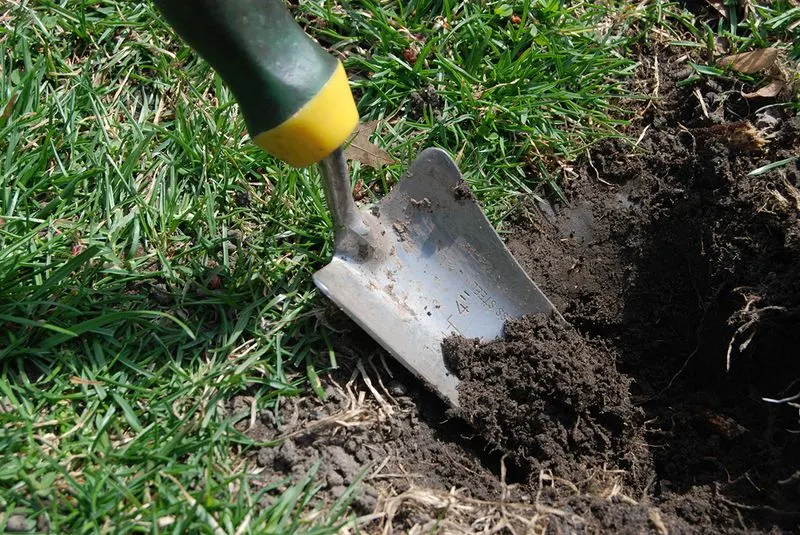
Understanding the PFAS levels in your soil begins with thorough testing. Regular soil assessments provide insights into contamination levels, allowing for informed decisions. Once you know the extent of contamination, introduce amendments like organic matter. This can help bind contaminants, reducing their bioavailability. Incorporate compost or biochar, as these materials have been shown to effectively immobilize PFAS. Keeping the soil healthy and well-nourished also supports microbial activity, which can further aid in breaking down pollutants. Regular monitoring ensures that your efforts are aligned with the current state of your soil, optimizing long-term garden health.
Selecting PFAS-resistant Plants
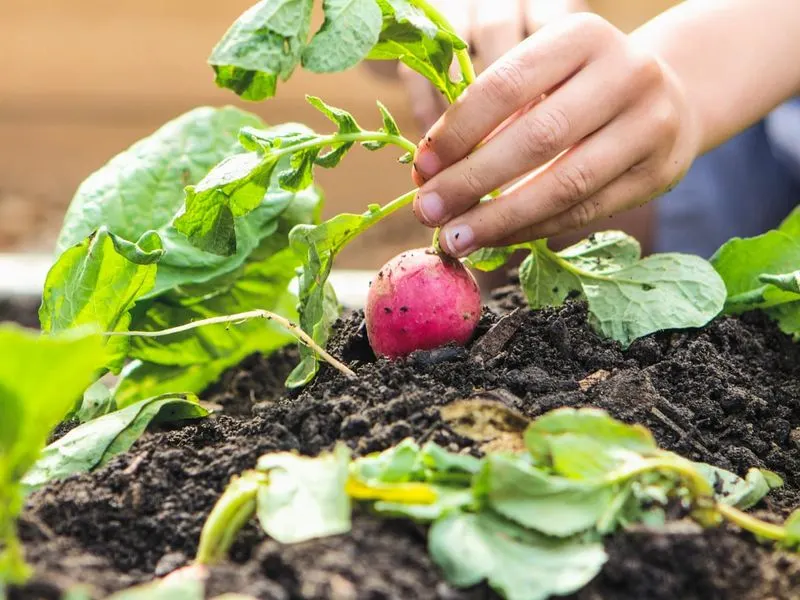
Opt for plants known for their resilience to PFAS, which can be less likely to absorb these chemicals. Varieties like sunflowers and certain grasses have natural resistance, making them ideal choices. These plants can act as buffers, preventing the spread of PFAS to edible crops. Additionally, planting deep-rooted species can help access uncontaminated soil layers, safeguarding the produce. Exploring native plant options can also offer benefits, as they are typically better adapted to local soil conditions. This approach not only reduces exposure risks but also maintains biodiversity in your garden.
Water Management Practices
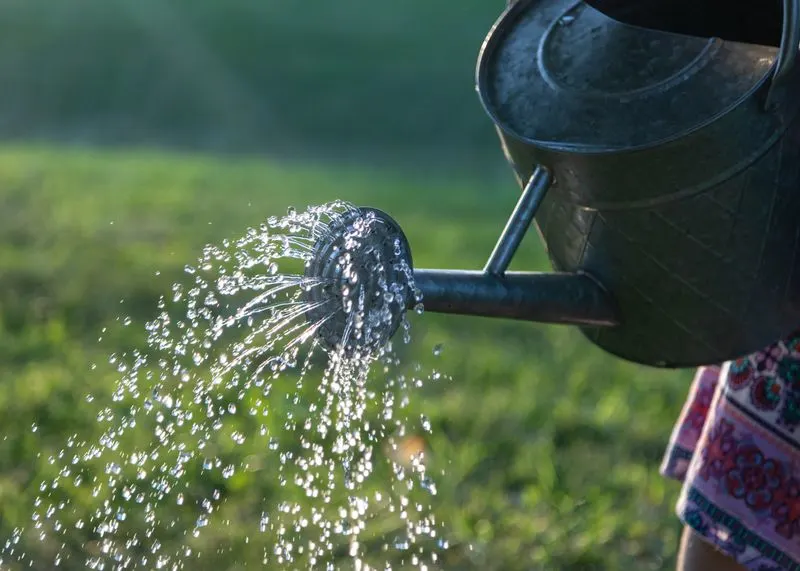
Implementing efficient water management techniques is crucial in minimizing PFAS leaching. Drip irrigation systems target plant roots directly, reducing water contact with contaminated soil. This method conserves water while limiting PFAS dispersal. Rainwater harvesting is another sustainable option, providing a cleaner water source for irrigation. Ensuring that water sources are tested and free from contaminants is essential. Avoid using potentially contaminated groundwater, opting instead for alternative means wherever possible. These practices collectively contribute to maintaining soil integrity, enhancing plant health, and reducing PFAS exposure.
Coconut Charcoal Magic
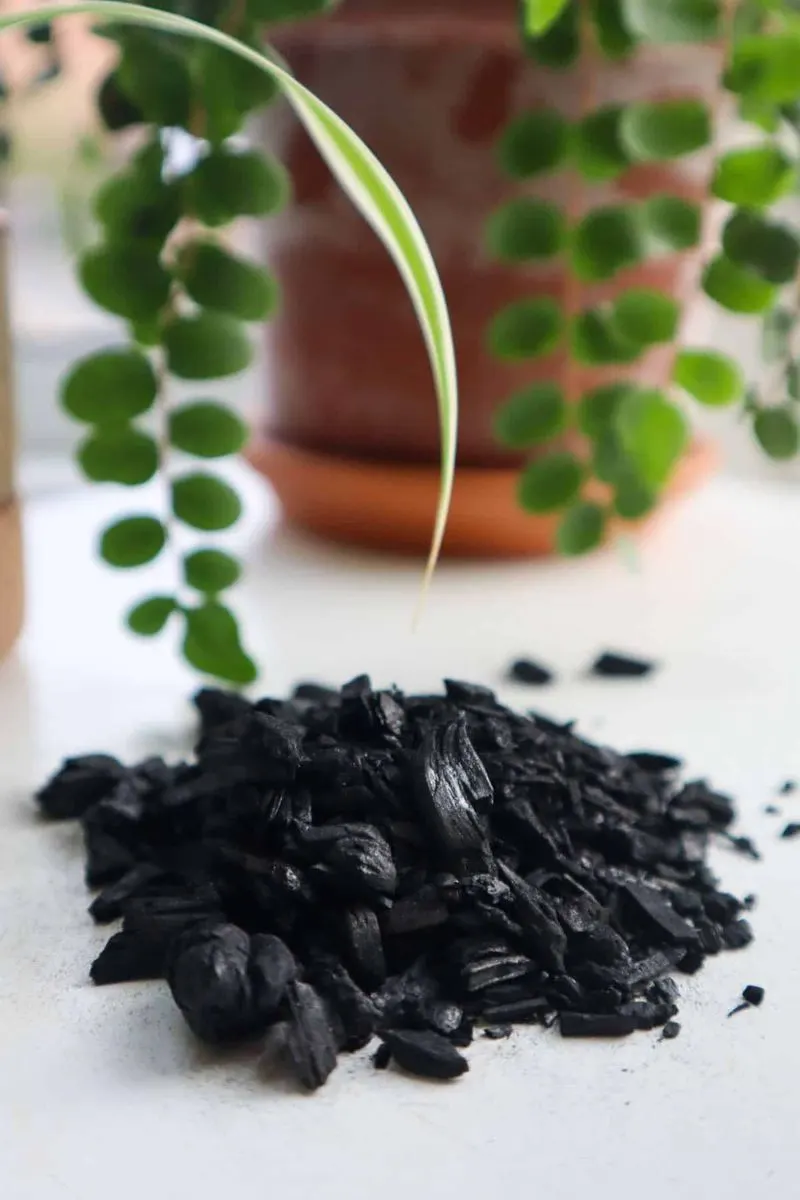
Harness the power of coconut shells to combat PFAS contamination in your soil. Transform these shells into charcoal through a simple burning process. Once you have your coconut charcoal ready, spread it generously over your garden soil.
This natural charcoal acts as a sponge, absorbing PFAS compounds and reducing their presence in the soil. It’s an eco-friendly, affordable alternative to traditional soil treatments. Be sure to replenish the charcoal periodically to maintain its effectiveness. Plus, your garden will benefit from the added organic matter, promoting healthier plant growth.
Mushroom Mycelium Networks
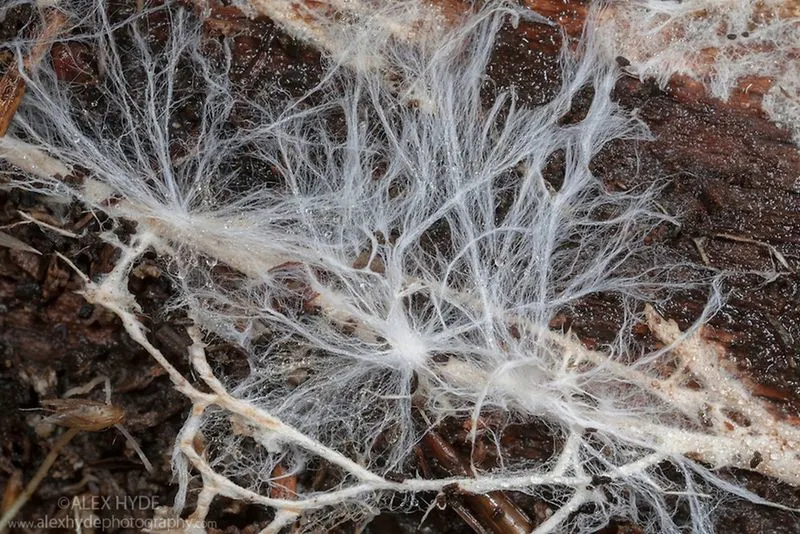
Leverage the remarkable potential of mushroom mycelium to address PFAS issues in your garden. By introducing specific types of fungi, such as oyster mushrooms, into your soil, you can initiate a process called mycoremediation.
This involves the fungi breaking down PFAS compounds into less harmful substances. It’s a natural and sustainable method to cleanse your soil. Regularly plant and harvest these mushrooms for ongoing soil benefits. Not only does this method help mitigate PFAS exposure, but it also enriches the soil, making it more fertile over time.
Gnome-Led Garden Patrol
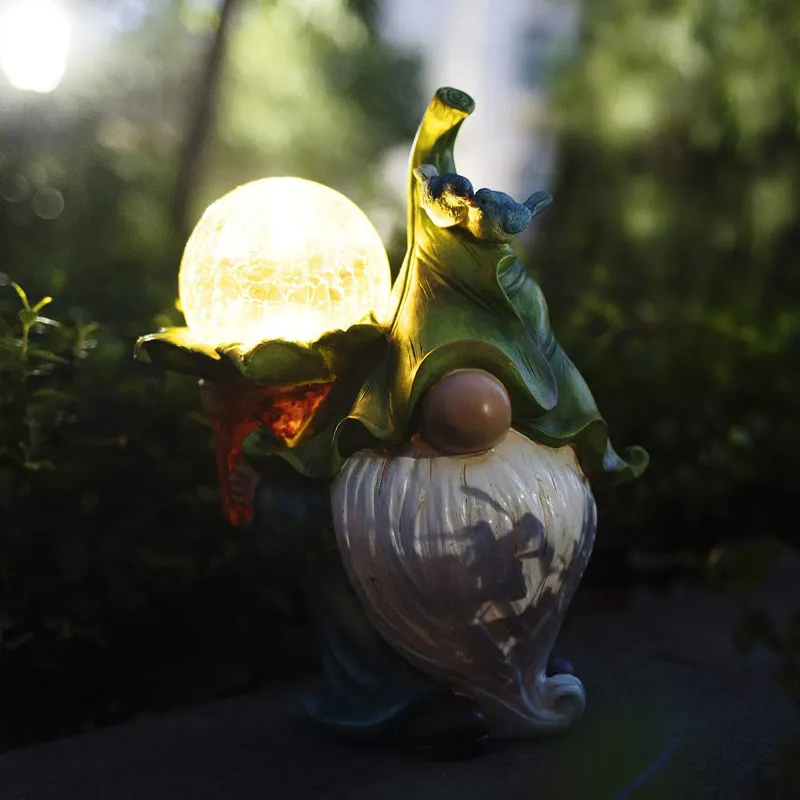
Engage your imagination with a gnome-led garden patrol to ward off PFAS contamination. Although garden gnomes are typically decorative, envision them as your whimsical protectors against these persistent chemicals.
Position them strategically around your garden, symbolizing vigilance and positivity. While this approach is more about fostering a joyful gardening spirit, it serves as a reminder to stay attentive to your garden’s health. Encourage family and friends to join in the fun, turning PFAS mitigation into a playful community activity. Bring creativity to your garden while promoting awareness.

